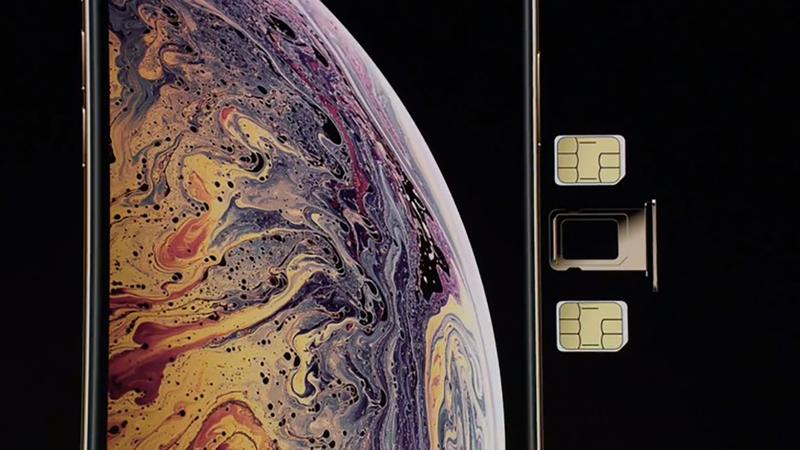For ten years, a significant number of Apple handset enthusiasts have been dreaming of a dual SIM iPhone. From one point of view, that dream came true with the launch of the iPhone Xs and Xs Max.
According to speculations for about a week, Apple was to launch a dual SIM iPhone this year. In reality, both iPhone Xs and iPhone Xs Max can be considered Dual SIM terminals. Unfortunately, we are not talking about smartphones in which you insert two traditional nano SIM or micro SIM cards.
Apple officials yesterday boasted dual SIM functionality on the top two iPhones of the year. Unfortunately, according to the tradition of the American giant, a simple function has been implemented in a very complicated way. Basically, instead of having two card slots, the American company's phones will still be sold with a seemingly trivial single SIM tray.
The SIM card for the second network will be an eSIM that can be registered in its network directly by the operator. The problem is that you can count on the phone operators that offer this option. These are T-Mobile Austria, Bell Canada, Hrvatski Telekom Croatia, T-Mobile Czech Republic, Telekom and Vodafone from Germany, Magyar Telekom Hungary, Airtel and Reliance Jio from India, Vodafone Spain, EE United Kingdom, AT&T, T-Mobile and Verizon Wireless from the USA. In theory, there are two global operators that offer this possibility, but the user base of GigSky and Truphone is not very large.

In an ideal world, in addition to the 14 operators in 10 countries, the network of eSIM support providers should be expanded at a fairly rapid pace. At the moment, no one can accurately predict that rhythm.
If you are lucky enough to have a contract with one of the networks mentioned above, the telephone operator will provide you with a QR code that you scan with your phone and you have suddenly signed up for its network.
There are a number of iPhone Xs and Xs Max that support two traditional SIM cards. Those will have a separate code and are unlikely to ever get your hands on them. They will only be sold in China, Hong Kong and Macao. In that particular case, the SIMs will be inserted back to back in the tray you know and know.
